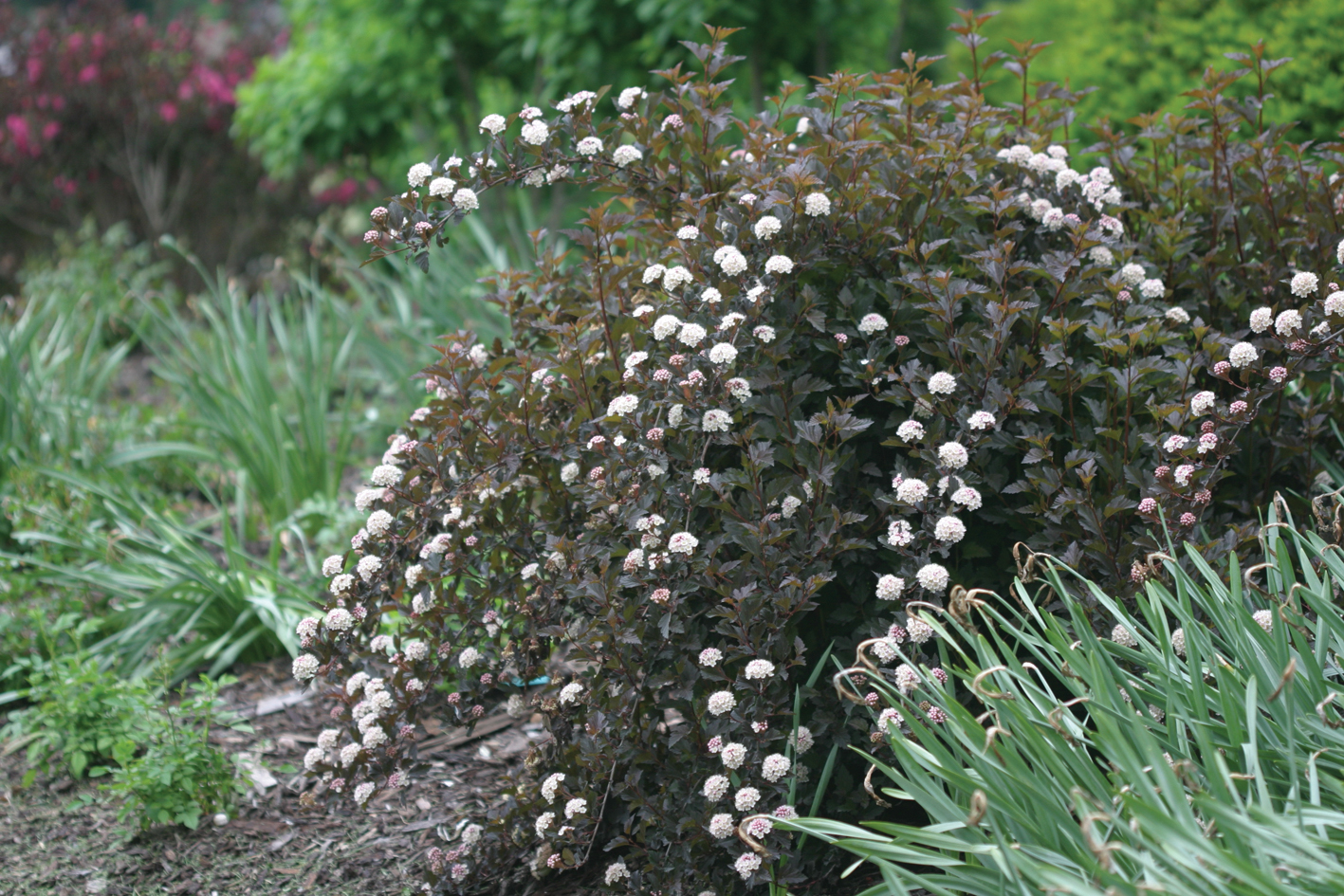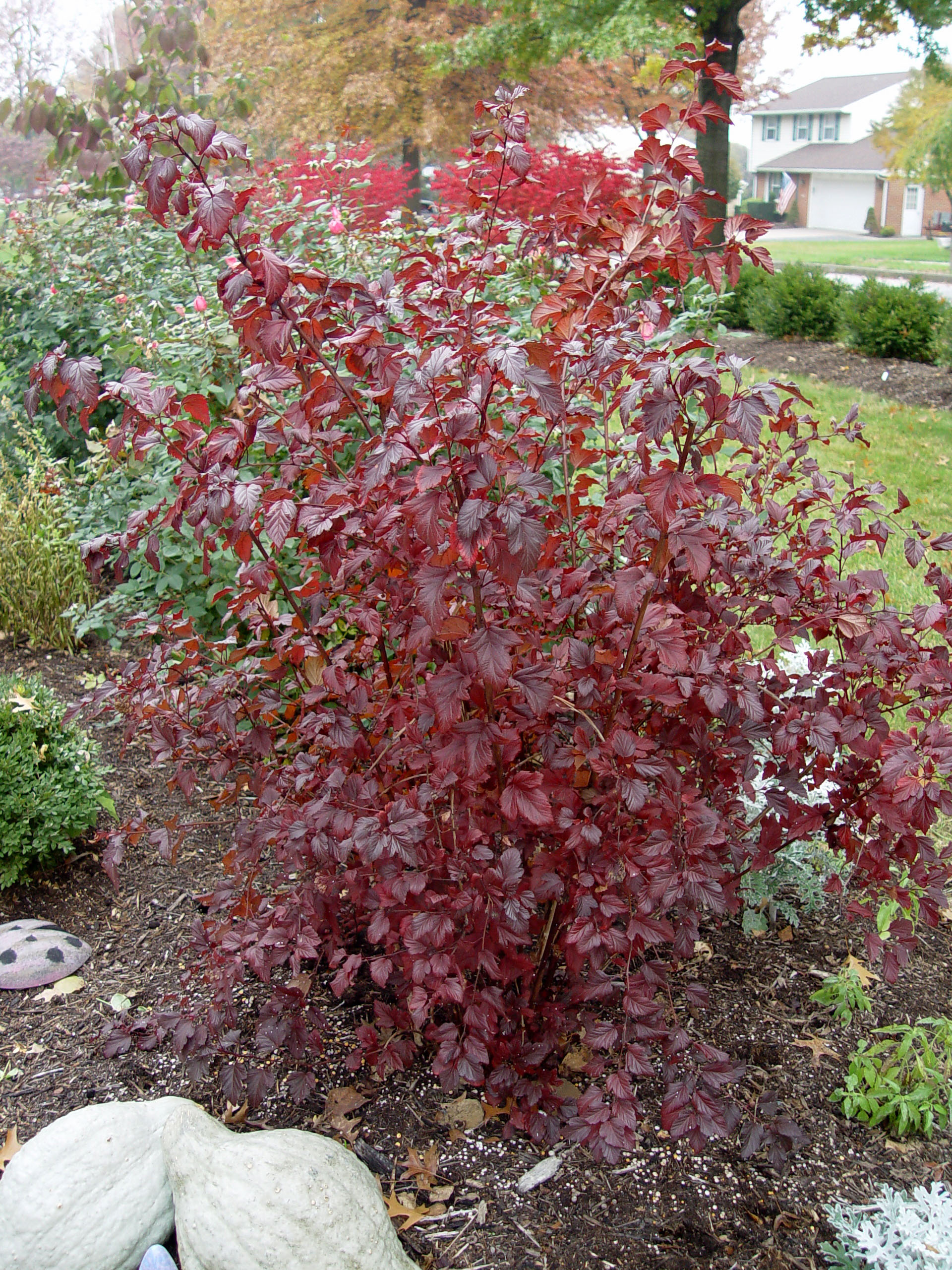Summer Wine Ninebark: The Stunning Shrub That Will Brighten Your Garden
Summer Wine Ninebark is a stunning shrub that will brighten up any garden. It is known for its vibrant red-wine colored foliage that emerges in the spring and persists throughout the summer. In the fall, the leaves turn a beautiful shade of orange before dropping off. Summer Wine Ninebark also produces clusters of white flowers in early summer that are a magnet for butterflies and other pollinators.
Summer Wine Ninebark is a relatively easy shrub to care for. It prefers full sun to partial shade and well-drained soil. It is drought tolerant once established and can withstand cold winters. Summer Wine Ninebark is also deer and rabbit resistant, making it a good choice for gardens in areas with these pests.
If you are looking for a colorful and low-maintenance shrub to add to your garden, Summer Wine Ninebark is a great option. It is sure to add a touch of beauty and interest to your landscape.
Here are some of the benefits of planting Summer Wine Ninebark in your garden:
- Beautiful foliage: Summer Wine Ninebark has vibrant red-wine colored foliage that will brighten up any garden. The leaves are also resistant to pests and diseases, so you won't have to worry about them looking unsightly.
- Easy care: Summer Wine Ninebark is a relatively easy shrub to care for. It doesn't need a lot of water or fertilizer, and it can tolerate a variety of soil conditions.
- Drought tolerant: Summer Wine Ninebark is drought tolerant once established. This means that you won't have to worry about watering it as often as other shrubs.
- Attracts pollinators: The white flowers of Summer Wine Ninebark attract butterflies and other pollinators. This is great for the environment and can also help to improve the pollination of your other plants.
- Deer and rabbit resistant: Summer Wine Ninebark is deer and rabbit resistant. This means that you won't have to worry about these pests eating your shrub.
If you are considering planting Summer Wine Ninebark in your garden, here are a few tips:
- Plant it in full sun to partial shade.
- Choose a location with well-drained soil.
- Water it deeply once a week during the first year after planting.
- Fertilize it in the spring with a balanced fertilizer.
- Prune it in the spring to remove dead or damaged branches.
With proper care, Summer Wine Ninebark will thrive in your garden for many years to come.
If you're looking for a beautiful and easy-care shrub for your garden, consider physocarpus opulifolius 'Summer Wine'. This hybrid ninebark is known for its dark burgundy foliage, which turns bronze in the fall. In the summer, it produces clusters of small white flowers that contrast nicely with the leaves. The plant is also known for its exfoliating bark, which provides winter interest.
'Summer Wine' ninebark is hardy in USDA zones 3-8 and can grow in full sun to partial shade. It is drought tolerant once established and prefers well-drained soil. The plant is relatively pest- and disease-free, but it may be susceptible to powdery mildew in hot, humid climates.
If you're interested in learning more about 'Summer Wine' ninebark, I recommend visiting the website Garden Wiki. This website has a wealth of information about the plant, including its care requirements, potential uses, and where to buy it.
FAQ of physocarpus opulifolius summer wine
- What is Physocarpus opulifolius Summer Wine?
- Physocarpus opulifolius Summer Wine is a deciduous shrub that is native to North America. It is known for its bright red foliage, which turns to orange and yellow in the fall. The plant grows to be about 6 feet tall and wide, and it blooms in late spring with white flowers.
- Where does Physocarpus opulifolius Summer Wine grow best?
- Physocarpus opulifolius Summer Wine prefers full sun to partial shade and moist, well-drained soil. It is tolerant of a wide range of pH levels, but it does not do well in chalky soils.
- How do I care for Physocarpus opulifolius Summer Wine?
- Physocarpus opulifolius Summer Wine is a relatively low-maintenance plant. It requires regular watering, especially during hot, dry weather. The plant should be pruned in early spring to remove any dead or damaged branches.
- What are some common pests and diseases of Physocarpus opulifolius Summer Wine?
- The most common pests of Physocarpus opulifolius Summer Wine are aphids, scale insects, and spider mites. These pests can be controlled with insecticidal soap or neem oil. The plant is also susceptible to powdery mildew, which can be prevented by watering the plant at the base and avoiding overhead watering.
- How can I propagate Physocarpus opulifolius Summer Wine?
- Physocarpus opulifolius Summer Wine can be propagated by softwood cuttings in the spring or fall. The cuttings should be taken from healthy, new growth and should be about 4 inches long. The cuttings should be placed in a well-draining potting mix and kept in a warm, humid environment. The cuttings should root in about 4-6 weeks.
Image of physocarpus opulifolius summer wine
- Image 1: A close-up of the leaves of a physocarpus opulifolius summer wine shrub. The leaves are a deep red color with a slight purple tint.

- Image 2: A full-size image of a physocarpus opulifolius summer wine shrub. The shrub has a tall, upright growth habit and is covered in deep red leaves.

- Image 3: A group of physocarpus opulifolius summer wine shrubs in bloom. The shrubs are covered in clusters of white flowers.
- Image 4: A physocarpus opulifolius summer wine shrub in fall. The leaves have turned a bright orange color.

- Image 5: A physocarpus opulifolius summer wine shrub in winter. The leaves have fallen off, but the shrub's stems are still a deep red color.

Post a Comment for "Summer Wine Ninebark: The Stunning Shrub That Will Brighten Your Garden"